In the world of perennials we have few options better than blanket flowers, Gaillardia, for easy, carefree gardening.
These native wildflowers in the Asteraceae family provide season-long sprays of red, orange, and yellow bicolored flowers, reseed themselves generously, and don’t ask for much of anything in between.
But what about winter care? They’ve got to be picky about that, right? Nope.
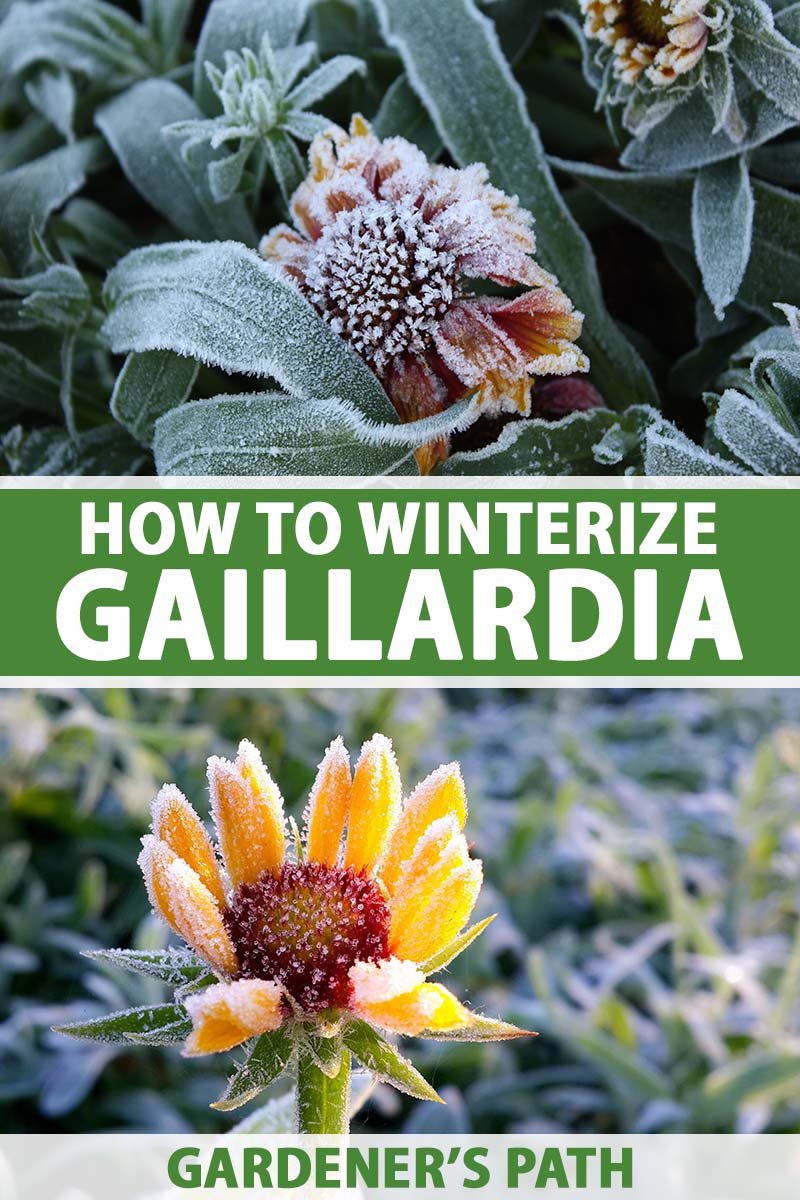
We link to vendors to help you find relevant products. If you buy from one of our links, we may earn a commission.
Preparing your plants for winter is quick and easy, and even offers a couple of different options to suit your gardening style.
Without further ado, let’s get into it.
What You’ll Learn
The Basics of Gaillardia Winter Care
You’ve got two options when it comes to putting blanket flowers to bed (see what I did there?). You can either choose to prune your plants and enjoy a tidy garden or you can leave them in place for winter interest.
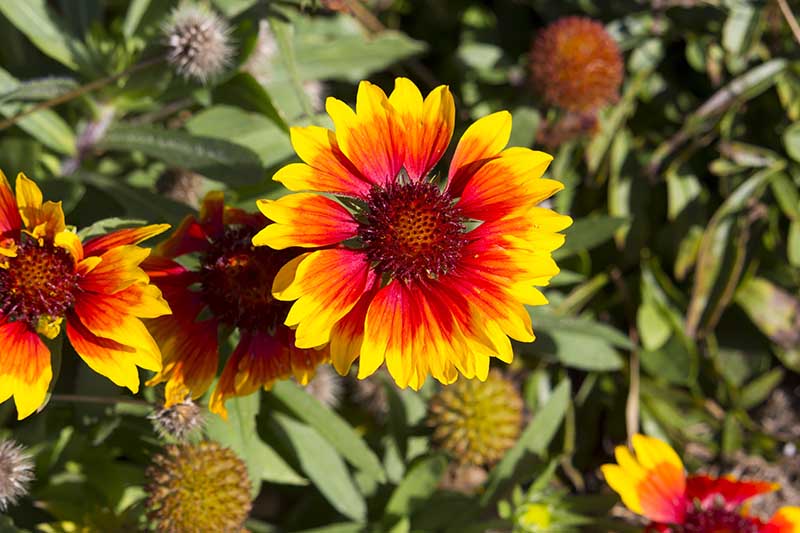
There are also a few general considerations as you head into the winter months. While the plants are generally hardy and easy-going, they aren’t invincible.
Most varieties are hardy in Zones 3 to 9, and you typically won’t need to worry about special winter care like careful mulching of the roots or moving the plants to a protected location.
The chances are your Gaillardia are capable of surviving the winter without any of these extra preparations, unlike more sensitive plants like calla lilies and dusty miller.
However, certain cultivars such as Gaillardia x grandiflora ‘Mesa Yellow’ aren’t quite as cold tolerant as some of their cousins.
If you live at the northern range of your chosen cultivar’s growing zone, you can apply a light covering of mulch to your plants to offer them some insulation from winter’s bite.
By “a light layer,” I mean no more than one inch in depth. These flowers can tolerate a range of growing conditions, but they have little tolerance for “wet feet” or soggy soil, and a heavy mulching can cause the soil to become oversaturated.
If you do decide to mulch, I recommend placing a pile of leaves around the plant, to protect the roots. Leaves offer adequate protection and as they decompose, provide a natural trickle of nutrients to enrich the soil.
Blanket flowers do not respond well to fertilization, so this passive method of improving the soil is enough for them.
Are Your Flowers on Their Last Legs?
Lovely and easy as they are, if they are starting to look a little bit ragged, it’s possible your blanket flowers have come to the end of their life.
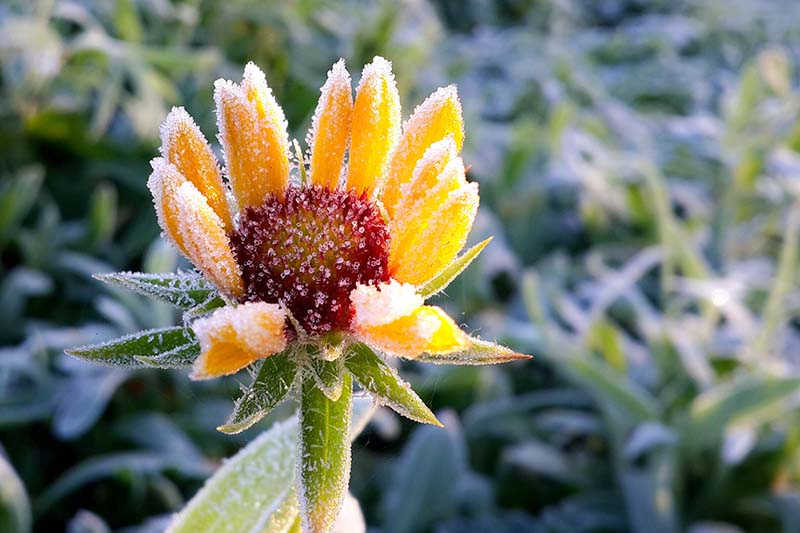
These short-lived perennials typically only last a few years and their health and quality will weaken over time.
If that’s the case, there’s no harm in removing weak and tired looking plants from the garden before you start your winter prep.
Luckily they self seed readily and you should have plenty of volunteers around to take their place. If not, check our growing guide to see how easy it is to start your own from seed!
Winter Preparation
If you love these flowers as much as I do, before you start your winter preparations why not harvest some seeds and cut some flowers?
Harvesting seeds is easy: pinch them from dried flower heads and place them into a bag. I like to fold mine into a paper towel and place them into a plastic bag or container until you’re ready to sow.
The cut flowers last for a week or so in a vase and offer that dazzling flash of color we’ve appreciated outdoors all season long.
I recommend waiting until just after the first frost before you consider cutting back these plants for the winter months.
They can tolerate quite a bit of abuse but if they are cut back too early they can start pushing out new growth, which will deplete their energy stores.
Cutting Back
Cutting back your plants leaves a tidy garden that will blend into the winter landscape seamlessly, apart from a few clumps of stems sticking up from the roots.
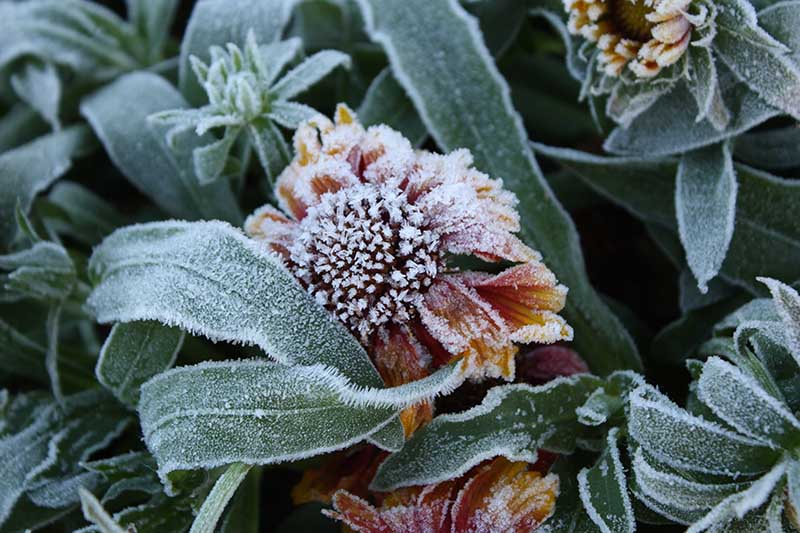
This is the most labor intensive winter care option, but it’s only about a three out of 10 on the difficulty scale.
You’ll need to use a sharp pair of pruners (I always recommend my Felco F-2 for just about anything), or a sturdy pair of scissors. While you could carefully snip away down the height of the plant, I prefer to grab a handful of the flower stems, bunch them up, and cut them away in one big chunk.
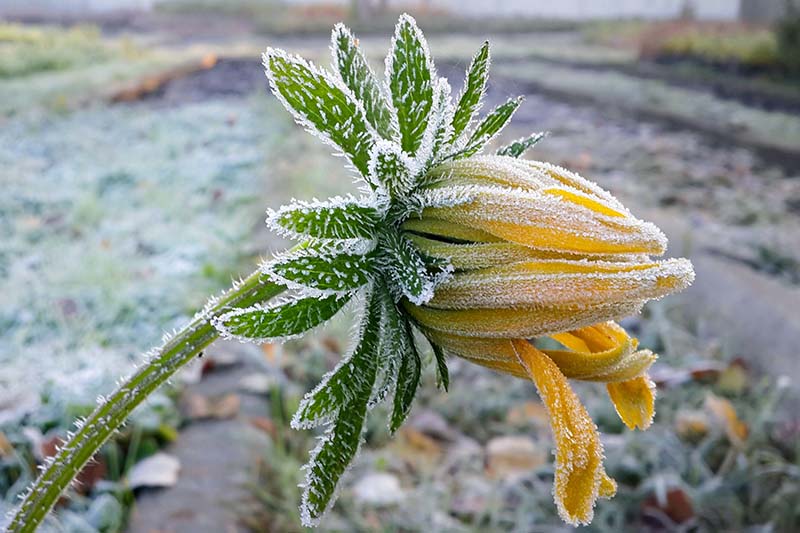
I’ve tried two different methods here for how far down you should be cutting.
The first is to cut all the way to the base of most of the stems, and just leave a few two-inch nubs of growth. The second method is to cut all the stems down to six inches, leaving a clump that is easy to identify in the spring.
Both options work, but I prefer to leave a clump of material that’s easy to spot. Plus I like to think the plants enjoy it more too as the stems provide a bit of extra protection over the cold months.
The biggest benefit of being clean and tidy with your winter care is that… your garden is clean and tidy.
However, if the growing area is congested or you’ve had outbreaks of fungal disease this year, it might be best to remove any unnecessary plant material and start fresh in the spring with all new growth.
Winter Interest
My most preferred method for is to simply leave the plant to die back naturally for the winter. It can get a little messy looking, but wildlife loves it and it adds a bit of wild winter interest to your garden.
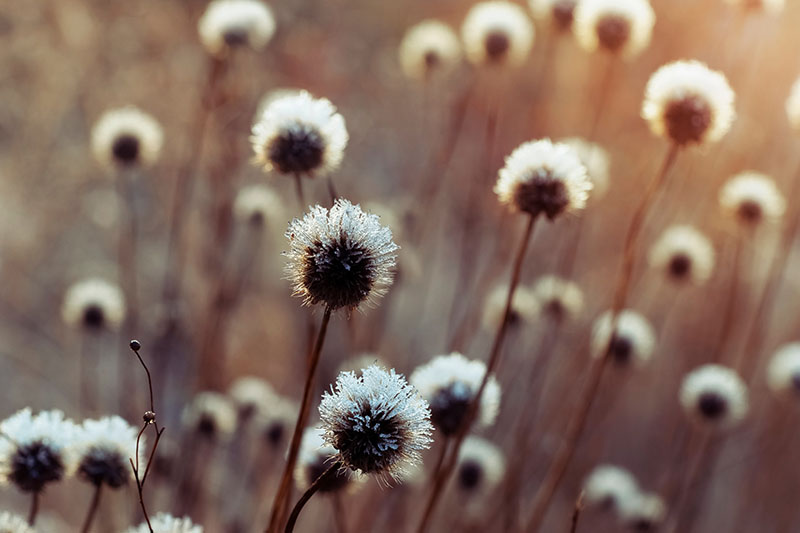
The order of operations here is to… I don’t know, grab a coffee or a hot toddy and drink it while you admire your garden? You don’t need to do anything for this option. The blanket flowers have it under control, they know what they’re doing and will appreciate a spring haircut instead of an autumn shearing.
The advantage of this method is that you’ve got one less task on your garden checklist to tackle, and I like to think your blanket flowers will thank you for the consideration.
Putting a Blanket on Blanket Flowers
If you’re like me you’ve probably been mouthing the words “blanket flowers” while reading this guide. In my opinion it’s got to be one of the best word pairings out there!
And saying the words is about as much effort as you have to put into providing Gaillardia the winter care they need. It’s as easy as it gets!
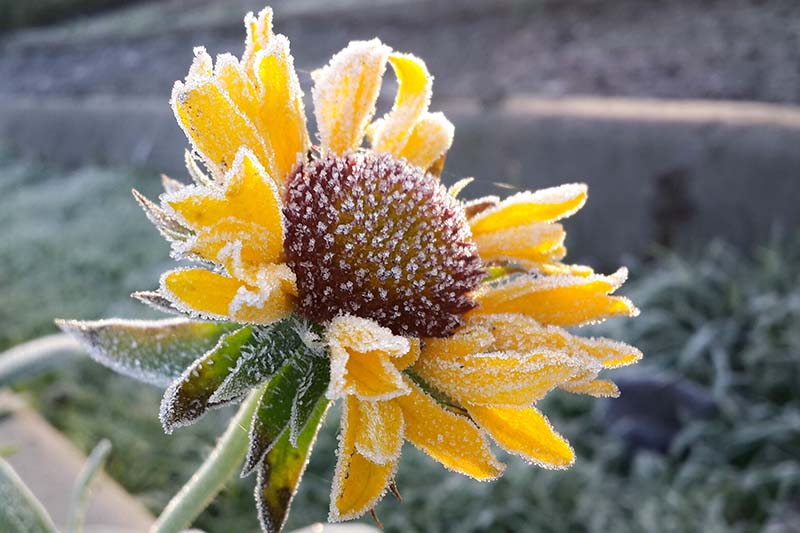
Are you growing blanket flowers in your garden? Do you have any winter care tips? Let us know in the comments section below.
Don’t forget to visit our forums to interact with other gardeners and to share your questions and expertise!
And for more information about how to prepare your flowers for winter’s chill, you’ll need these guides next:
- How to Prepare Your Fuchsia Plants for Winter
- How to Prepare Your Delphinium Plants for Winter
- How to Care for Calendula (Pot Marigold) in Winter
© Ask the Experts, LLC. ALL RIGHTS RESERVED. See our TOS for more details. Product photo via True Leaf Market. Uncredited photos: Shutterstock.

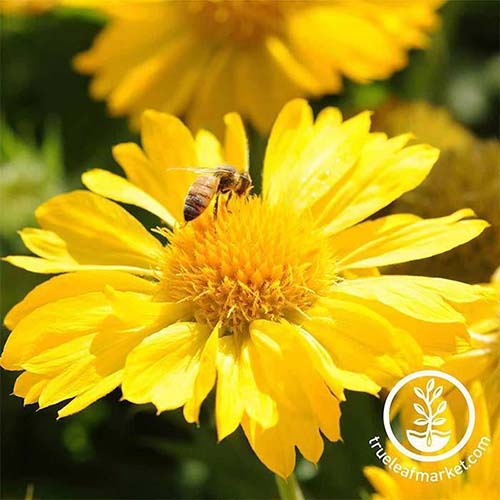


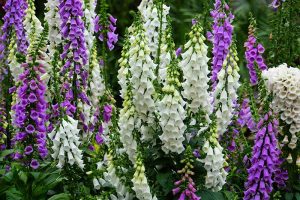
Thanks for the tips. This is the first year I have these in my garden. My daughter gave them to me and they are truly lovely.
I planted three plants last fall, left them to over-winter and 2 came back. But they are still pushing out green leaves but no flowers – it is now mid July. Is this normal? Hopefully they’ll flower next spring? Otherwise they’ll be treated as annuals and I’ll buy new flowering plants each spring?
Have you been fertilizing and supplying supplementary irrigation? Blanket flowers thrive in lean soil, in sunny and dry conditions. Over-supplementing with fertilizer – high-nitrogen products in particular – can encourage lush, leafy growth at the expense of flowers.
Beautiful flowers and one plant the rabbits leave alone. Free seeds aplenty